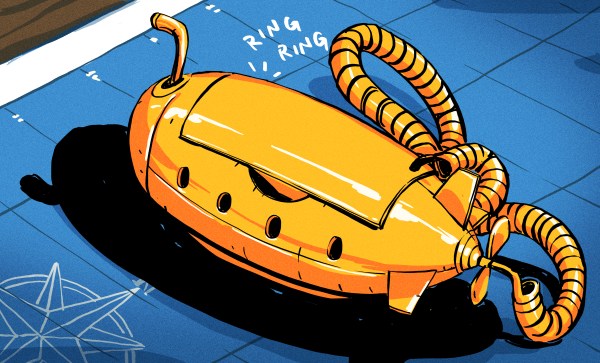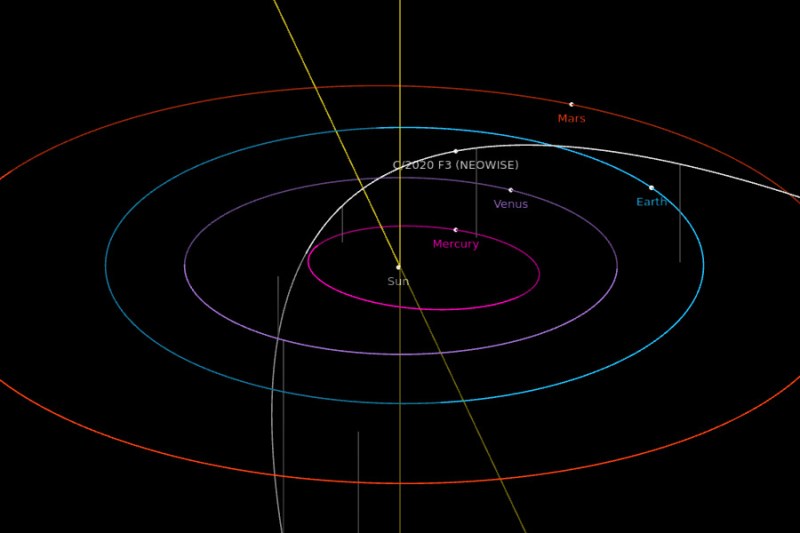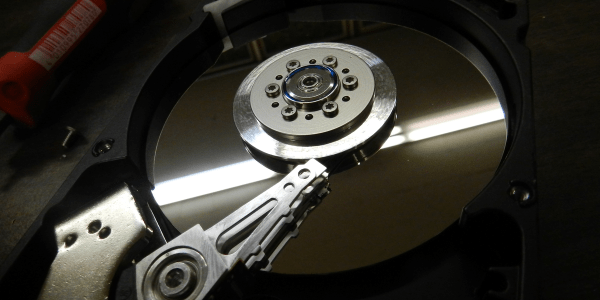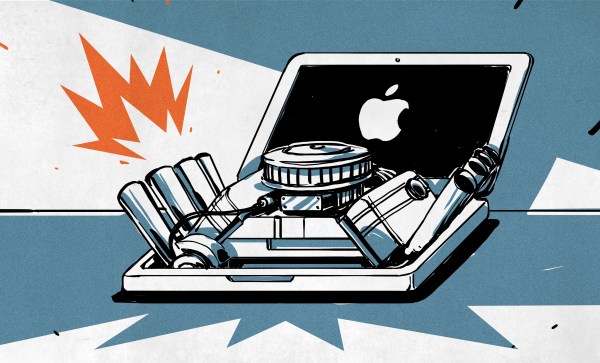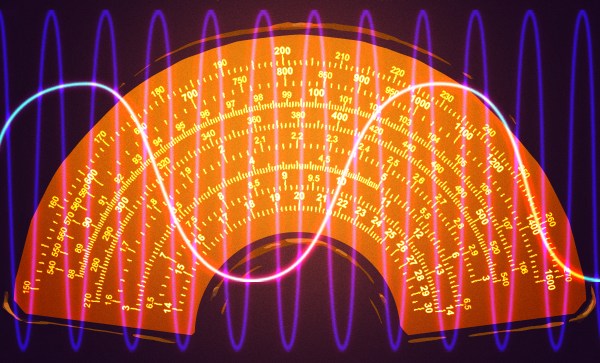It sometimes seems hard to believe that we humans have managed to explore so little of what we have so much of: the seas. Oceans cover something like 70 percent of the world’s surface, but we’ve only mapped 20 percent of the ocean floor. The 228,000 ocean-dwelling species that we know about represents about ten percent of the estimated total aquatic species. And almost all the life we know about, and the area that we’ve explored thoroughly, is limited to the first few hundred meters from the surface.
The paucity of our deep-water investigatory efforts has a lot to do with the hostility of the sea to those who haven’t evolved to survive in it. It takes extreme engineering and fantastically expensive machines to live and work even a few meters down, and even then submariners quickly become completely isolated from the rest of the world once they’re down there. Underwater communication is particularly challenging, since the properties of seawater confound efforts to use it as a communications medium.
Challenging though it may be, underwater communication is possible, and in this article we’ll take a look at a few modalities that have made operating under the sea possible, and a new technology that might just extend the Internet below the waves.
Continue reading “The Many Methods Of Communicating With Submarines”

